look at the rear of the Dingo, what kind of jerrycans are stored on the rack ?
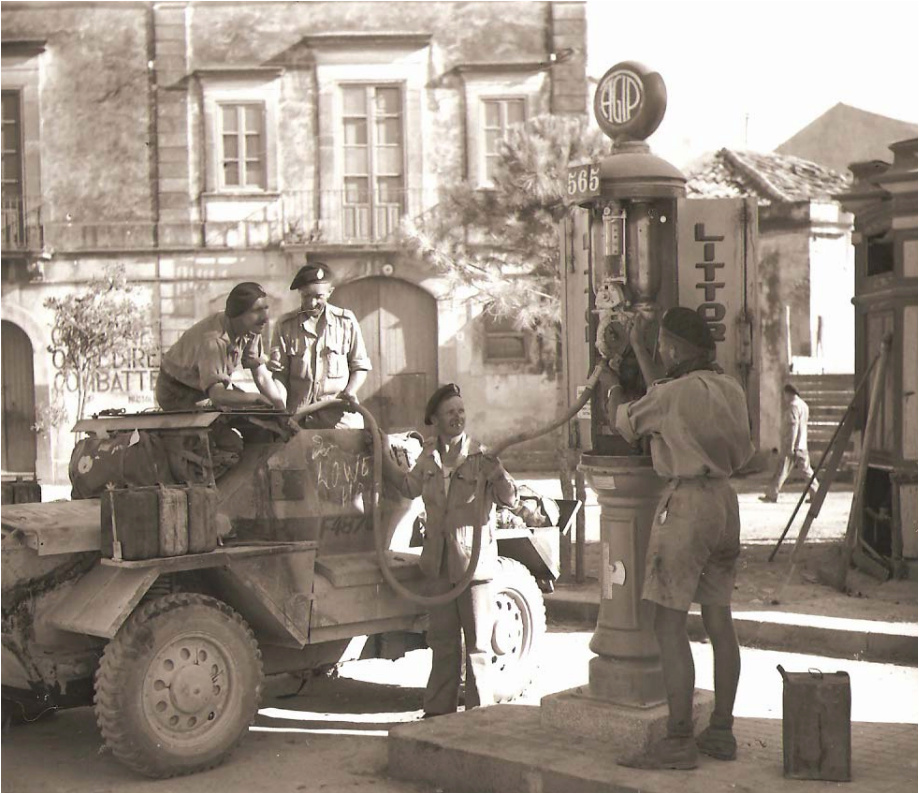
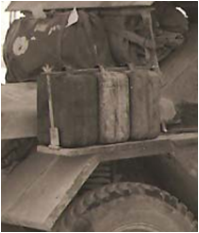












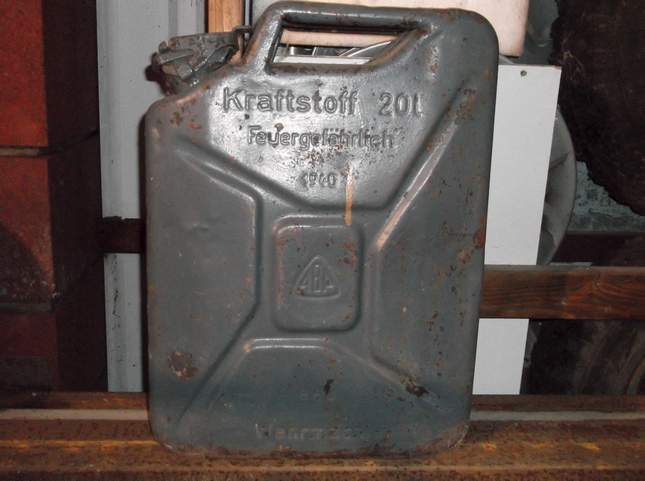





Note offset handle, and no prominent rib around the perimeter. Also fairly rounded corners. Looks like a British POW can. Accurate Armour probably does them.
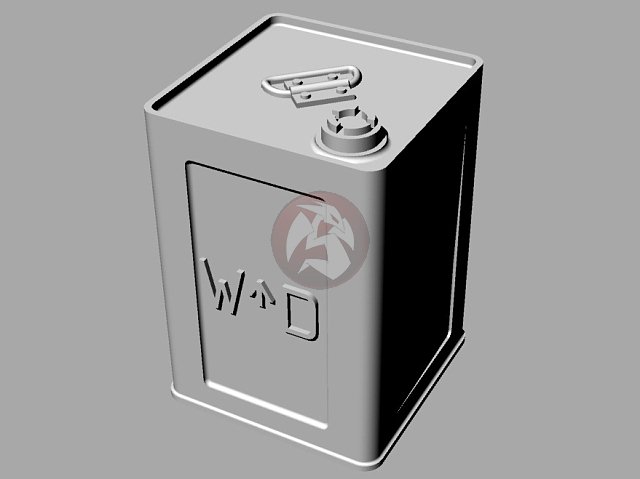
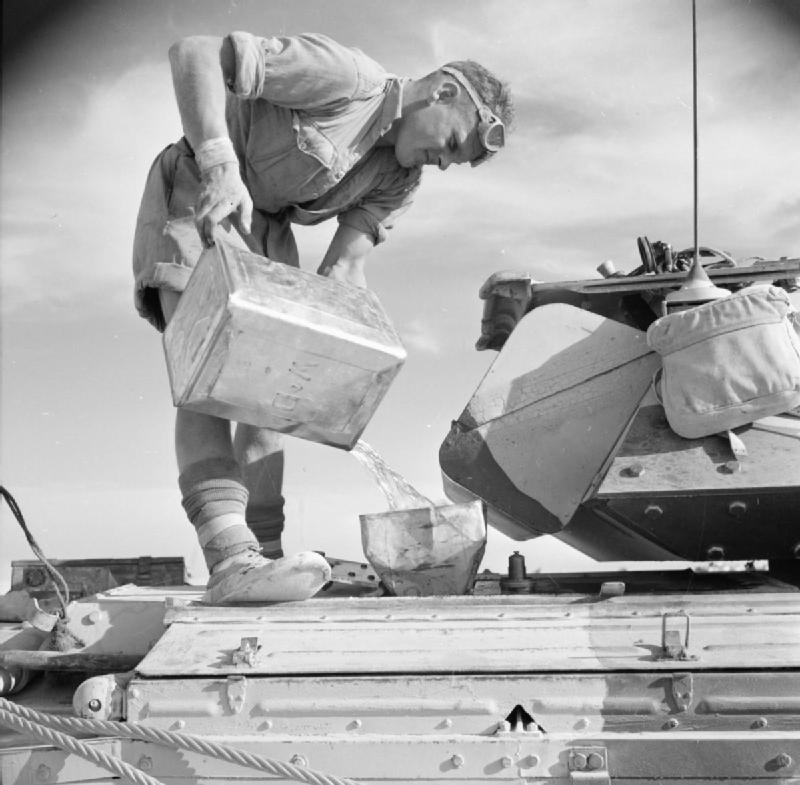








Quoted TextNote offset handle, and no prominent rib around the perimeter. Also fairly rounded corners. Looks like a British POW can. Accurate Armour probably does them.
British POW can, or flimsy, horrible things ...

http://www.exploringoverland.com/overland-tech-travel/2012/8/17/irreducible-imperfection-the-flimsy.html




Thanks Guys
I thought it could be italian jerrycan as said TankManNick
Robin The picture you've got seems to be be the good one
Do you where does it come from ?
























 |